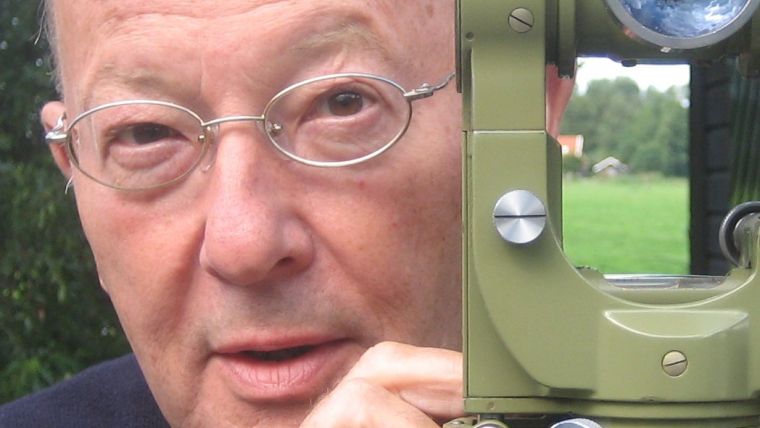Be Smart with Public Land
In every country, the state owns land. Kevin Cahill (‘Who Owns The World’, 2010) argues that Queen Elizabeth II is the largest land owner on Earth, as she possesses the UK, Canada, Australia, New Zealand and much more, amounting to one-sixth of the Earth’s surface. In his latest column, Paul van der Molen discusses various historical examples to show that state land is often land just stolen from the citizens.
When Captain Cook landed at Botany Bay in Australia in 1770, he proclaimed the Declaration of Possession, based on the doctrine of ‘terra nullius’, bringing all land into the possession of the Crown. After the well-known Mabo case, the ‘terra nullius’ doctrine was overturned and the government had to create a ‘native title’ to which the original people were entitled long before Captain Cook’s declaration.
The federal government of the USA owns about 28% of the total US land area, from 5% in Wisconsin to 80% in Nevada. Following the War of Independence, starting in 1775, the USA expanded to the west through annexation (Texas), war (Mexico), negotiations (Oregon), and purchase (Louisiana purchase). At first, the federal government considered all the acquired lands to be under temporal ownership, but later it asserted its power. In Africa, in precolonial times, people pursued their own legal systems, based on their customs and practices. In the 19th century, European states were keen to gain political interests in Africa. In 1884, the Berlin Conference even regulated the ‘scramble for Africa’. Regarding British colonial rule, the ‘reception clause’ (the formal decision that British common law should apply in the British colonies, thus replacing their existing laws) declared all land to be Crown land. As the famous Kenyan professor Okoth-Ogendo once said: ‘We were owners of our land, but suddenly we became tenants of the Crown’. After the independence of Kenya in 1963, the new Constitution stipulated that Crown Land should become Government Land, held in trust by the President.
After the revolution in Russia in October 1917, all private land was nationalized, even though in 1848 the Communist Manifesto had sought to nationalize bourgeois property but not ‘the hard-won, self-acquired and self-earned property of the small peasant or petty artisan’. Article 2 of the 1918 Constitution reads : ‘for the purpose of attaining the socialization of land, all private property in land is abolished’.
The examples mentioned here are just a few of the many cases, showing that state land is often land just stolen from the people. Whether it is ‘terra nullius’, or a ‘reception clause’, or ‘land vested in the president’, in all cases it relates to land that was formerly owned by individuals and communities. It is painful to observe how governments take their state land for granted, as if it were their own property. Apart from the social and legal injustice, state land is often weakly managed. Governments don’t know how much land they ‘own’, where it is located, how it is used and by whom, and all the corruption issues are related to state land: land grabbing, land swaps, eviction, and the granting of state land to political friends. This cannot continue. I would advise governments to be smart with state land and to develop a sound policy; keep what is necessary for the public good, but alienate the remainder or give it back, so that land can be put to good and fruitful use.

Value staying current with geomatics?
Stay on the map with our expertly curated newsletters.
We provide educational insights, industry updates, and inspiring stories to help you learn, grow, and reach your full potential in your field. Don't miss out - subscribe today and ensure you're always informed, educated, and inspired.
Choose your newsletter(s)
























